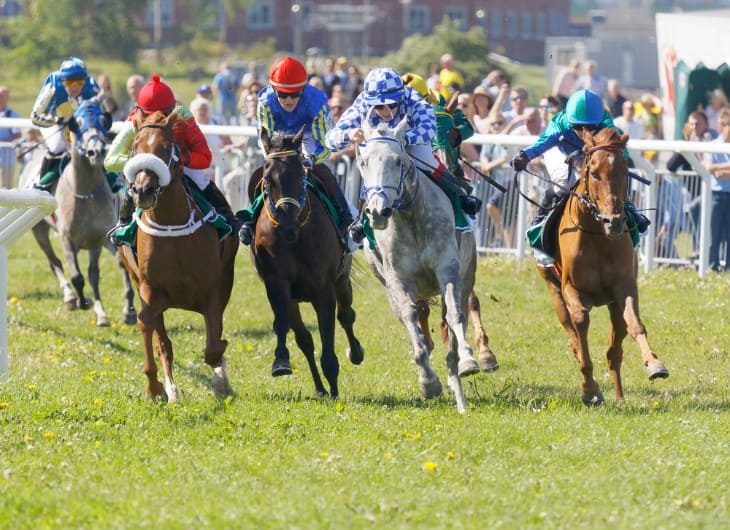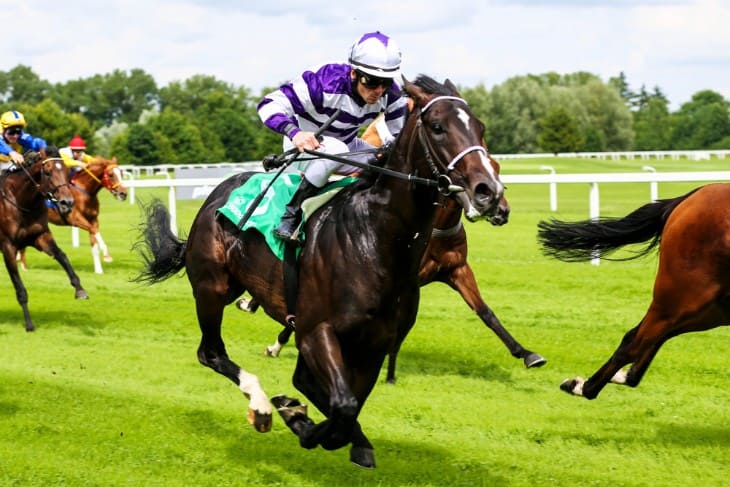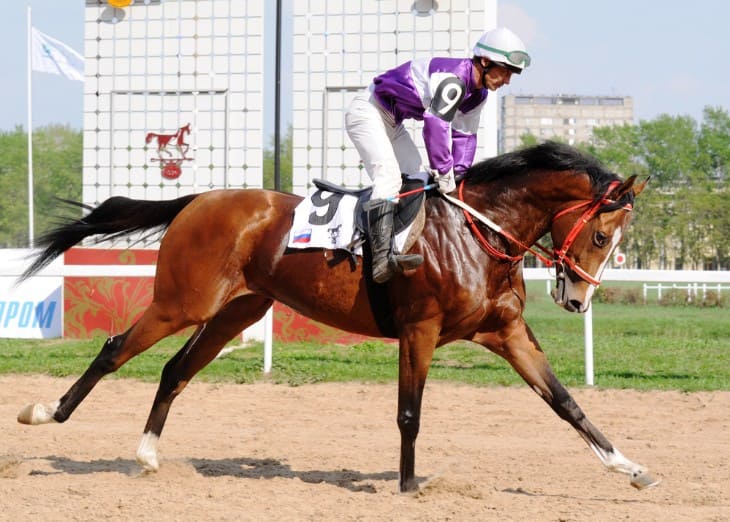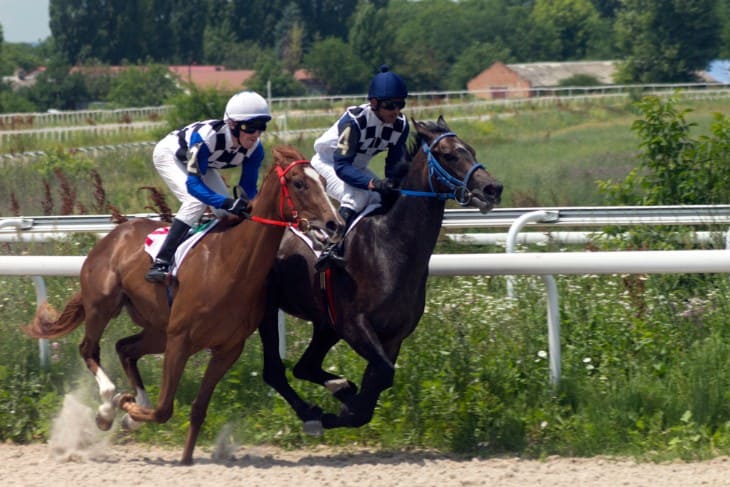Introduction:
Horse racing in the United Kingdom is a blend of heritage, competition, and public enthusiasm. One of the most crucial aspects of this tradition is the role of handicap races, which stand as a testament to the sport's democratic spirit and competitive edge. In a handicap race, horses carry different weights based on their past performance, ensuring that the field is as even as possible. This meticulous setup has been a hallmark of British racing for centuries and continues to attract interest from all corners of the globe. This article aims to provide an exhaustive look at some of the most significant handicap races in the UK, delving into their unique features, historic milestones, and the excitement they bring to the racing calendar.
1. The Grand National:
Location: Aintree Racecourse, Liverpool
When talking about handicap races, one cannot begin without mentioning the Grand National, an institution in British sport. Established in 1839, this steeplechase has evolved into a global spectacle with a viewership reaching an estimated 600 million people worldwide. Covering a distance of 4 miles 514 yards, horses must clear challenging and iconic fences like Becher's Brook and The Chair, which have become synonymous with the race itself. The Grand National has a storied history, replete with dramatic upsets and fairy-tale wins. Many jockeys, trainers, and horses have become legends through their performances here. The race's widespread appeal transcends the regular racing community, drawing in viewers who might only tune in for this singular event. This cultural impact makes the Grand National not just a horse race but a defining British institution.

2. The Ebor Handicap:
Location: York Racecourse, York
The Ebor Handicap is another linchpin in the UK's racing circuit. Situated in the historic York Racecourse, the Ebor Handicap is not just another race; it's a focal point of European flat racing. With its roots stretching back to 1843, this prestigious event takes place during the annual Ebor Festival in August. Offering an ample distance of 1 mile, 5 furlongs, and 188 yards, the Ebor challenges both speed and stamina. Due to its rich purse, the event draws a high-caliber field from various parts of Europe, making it an international affair. Year after year, the Ebor Handicap serves as a platform for emerging stars and an arena for established talents. The race consistently delivers gripping competition, often coming down to thrilling finishes that captivate both experienced and casual racegoers alike.

3. The Northumberland Plate:
Location: Newcastle Racecourse, Newcastle
Affectionately dubbed 'The Pitmen's Derby,' the Northumberland Plate is a revered event in UK handicap racing. Originating in 1833, this flat race has undergone several modifications, the most significant being the switch to an all-weather surface in 2016. This change has introduced an additional layer of complexity and unpredictability to the race. Taking place over a demanding 2 miles and 56 yards, the Northumberland Plate is a magnet for seasoned handicappers and up-and-coming talents. It forms an essential part of the regional culture, with a rich legacy celebrated by local communities. What sets this race apart is the enthusiastic crowd it draws, making it not only a significant sporting event but also a vibrant social occasion.

4. The Cambridgeshire Handicap:
Location: Newmarket Racecourse, Newmarket
As one of the UK's most enduring races, the Cambridgeshire Handicap at Newmarket boasts a heritage dating back to 1839. Run over a distance of 1 mile and 1 furlong, it's a testing ground for middle-distance runners with aspirations of entering higher-class races. The Cambridgeshire Handicap often features a diverse field, making it a challenging race to handicap and an intriguing one for punters. The event is a skillful blend of strategy and speed, where jockeys must be tactically astute to navigate a crowded field successfully. Over the years, the Cambridgeshire has been the stepping stone for many horses that have gone on to achieve greatness, marking it as a key race for identifying emerging talent.

5. The Cesarewitch Handicap:
Location: Newmarket Racecourse, Newmarket
The Cesarewitch Handicap is a unique event in the British racing calendar. Established in 1839, this grueling 2-mile, 2-furlong race is not for the faint-hearted. The event serves as the second leg of Newmarket's Autumn Double and attracts a wide range of competitors, often including stayers from the National Hunt scene. Given its arduous distance, the Cesarewitch is considered a marathon of flat racing. The race has been a turning point in the careers of many horses, jockeys, and trainers, giving it a reputation as a breeding ground for future stars. With its large field and extended distance, the Cesarewitch offers a unique handicapping challenge, making it a favorite among punters looking for value bets.

6. The Lincoln Handicap:
Location: Doncaster Racecourse, Doncaster
The Lincoln Handicap at Doncaster Racecourse is a traditional curtain-raiser for the British flat racing season. Since its inception in 1853, this mile-long race has been a barometer for the form and potential of horses for the coming season. The race often features a mix of established runners and promising newcomers, making it a challenging but rewarding betting landscape. The Lincoln serves as a benchmark for trainers and owners, often influencing campaign strategies for the rest of the season. Given its timing, the race can also be impacted by varying ground conditions, adding another layer of complexity to this already challenging handicap event.

7. The Imperial Cup:
Location: Sandown Park Racecourse, Esher
Taking place at the picturesque Sandown Park, the Imperial Cup is an important 2-mile handicap hurdle, often serving as a precursor to the Cheltenham Festival. Established in 1907, it offers substantial prize money and, consequently, attracts a strong field. Many trainers use this race as a final testing ground for their horses before the high-stakes competition at Cheltenham. Because it sits so close to the Festival, the Imperial Cup often features horses that are on the cusp of transitioning to higher classes, making it a significant event for spotting rising stars in the National Hunt scene.

8. The Stewards' Cup:
Location: Goodwood Racecourse, Chichester
A quintessential part of the 'Glorious Goodwood' festival, the Stewards' Cup is a high-stakes 6-furlong sprint. Since its foundation in 1840, the race has become a summer spectacle, drawing large crowds and top sprinters. The speed and tactical agility required for this race make it one of the most exciting handicap events in the UK. With a history rich in upsets and dramatic finishes, the Stewards' Cup is a punter's paradise, offering high rewards for those willing to navigate its complex handicapping landscape.

Conclusion:
Handicap races in the UK are not mere sporting events; they are cultural landmarks, each with its own set of traditions, histories, and social significance. They encompass the diverse landscape of British horse racing, from the grueling steeplechases to tactical flat races. The handicapping system, pivotal in all these races, adds a layer of complexity and excitement, making each race a unique spectacle. Whether you are a seasoned racegoer, a casual fan, or a dedicated punter, understanding these iconic handicap races is crucial for a deeper appreciation of the sport's intricacies. These races, in essence, capture the spirit, competitiveness, and enduring charm of horse racing in the United Kingdom.







